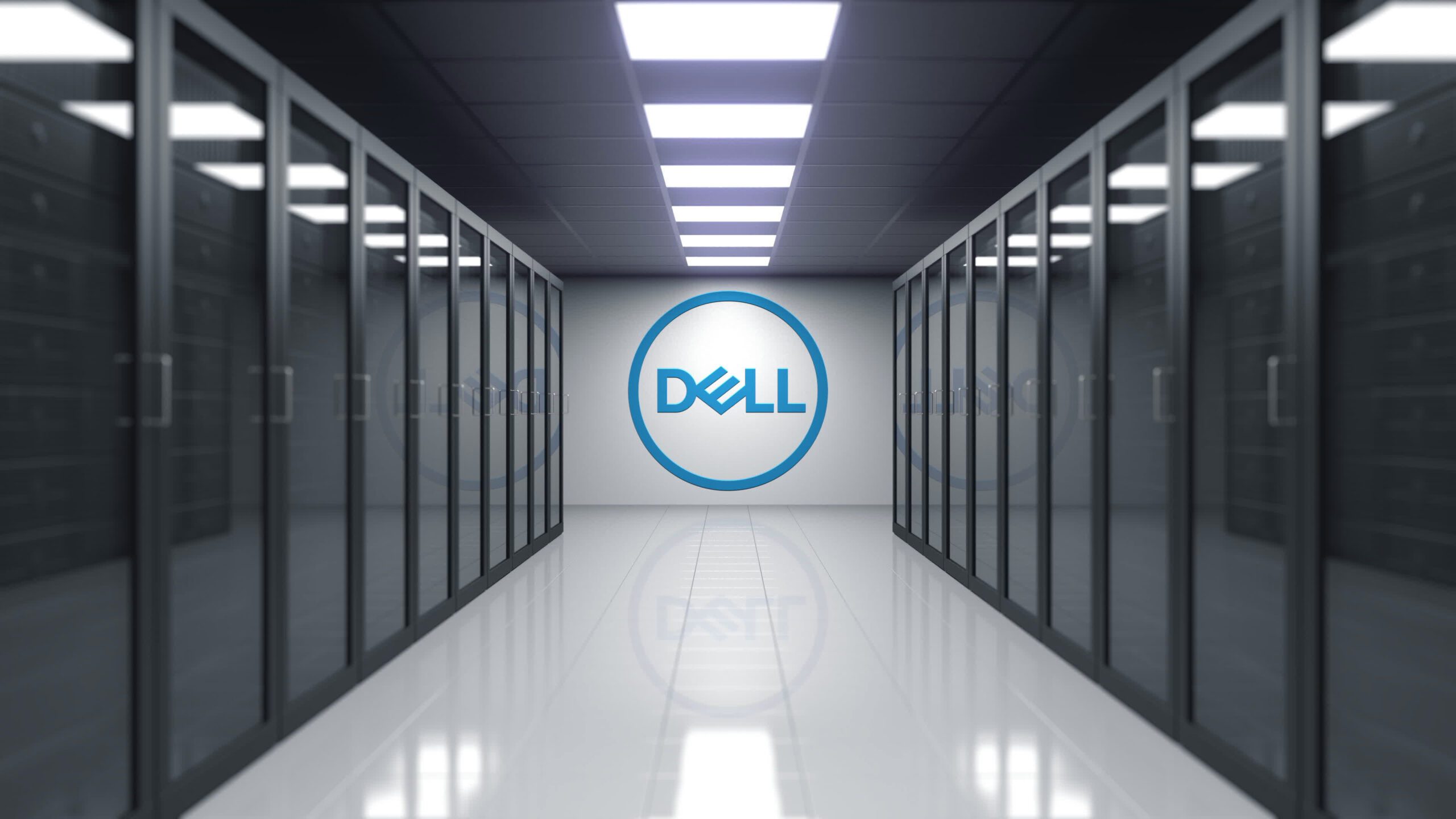The latest from Dell Technologies covers telco cloud infrastructure integration, Open RAN partnership, design validation, and CSP services
As telecom networks become more IT-centric in design and operation, and carriers move towards open networking and cloud-native network functions, it’s getting complicated. Layer in the distribution of cloud computing and storage resources to the network or enterprise edge, ramping interest in private cellular networks, pressure to monetize 5G investments by capturing new enterprise business, and the need to automate pretty much all of that, and it’s really getting complicated. Against that backdrop, Dell Technologies has rapidly grown it’s Telecom Systems Business and ahead of Mobile World Congress Barcelona next week told a cohesive product and partner story that denotes significant progress for the firm as it looks to help operators integrate the systems and services underpinning the 5G vision.
Dell’s VP of Telecom and Edge Solutions Marketing Aaron Chaisson, speaking in a briefing with media and analysts, gave some background on the company’s goal in regard to enhanced services to create a common infrastructure foundation and serve a central role in linking software developers with carriers. “As the telecommunications industry is disaggregating and modernizing and moving into the next era of that industry, Dell Technologies was really looking to get into the game with our leadership over decades of working with open platforms and core IT and taking those people, those processes, and those technologies and being able to help the telecommunications industry modernize their infrastructure. “
The focus last year, Chaisson said, was on developing reference architectures with support for VMware, Red Hat and Wind River on Dell infrastructure, and launching the Open Telecom Ecosystem Lab (OTEL) for product and services collaboration. From there, Dell worked with partners on validating designs for core, edge and RAN use cases. And in October, Dell announced the Bare Metal Orchestrator (BMO) software package for automating the provisioning and lifecycle management of open network infrastructure.
Now for the next step: “Pulling this all together,” Chaisson said.
Unified infrastructure and cloud software management
This week Dell announced its Telecom Multi-Cloud Foundation which puts together Dell’s hardware and BMO infrastructure management software. Operators using the hardware / software combo can select a BMO module to deploy and manage cloud software stacks from Red Hat, VMware or Wind River.
According to a paper from Peter Fetterolf of ACG Research, operators can realize an almost 40% opex reduction by using the Telecom Multi-Cloud Foundation. ACG projects a 211% return on investment over five years. Savings are derived from simplified test and certification, reduced need for support, faster configuration error recognition and remediation, faster infrastructure provisioning, and across the board process simplification and automation.
Fetterolf concluded that for 5G to deliver on its promises, CSPs need to modernize and virtualize while navigating the challenges of operating centralized and distributed data centers. “One of the key problems is the lifecycle management of the cloud stack and the bare metal layer. Effective engineering, management, and operations of thousands of edge data centers and hundreds of thousands of servers will require orchestration and automation of both the bare metal layer and the telco cloud stack. ”
Telecom Systems Business Vice President of Product Management Andrew Vaz described the BMO modules as use case-specific blueprints “that allow BMO as an engine to go program that underlying infrastructure. Once you do this, you now have a workload-ready infrastructure… Take the guess work out, take the human error out of this, and you have the flexibility to deploy your workloads how you want. ”
Dell x Marvell Open RAN Accelerator Card
Open RAN has for years dealt with many-sided criticism, including that these multi-vendor, virtualized systems cannot compete with integrated solutions from a performance perspective. The other recurring question is that while Open RAN may be less expensive given its software-centricity and common hardware, are operators trading capex for opex related to system integration?
Dell is working with numerous partners around the world to put the integration complexity question to bed and is also focusing on making virtual instantiations of RAN functions as performant as integrated solutions. In partnership with Marvell, that focus on performance has yielded the Dell Open RAN Accelerator Card.
The goal here is to take Layer 1 functionality – timing, modulation, channel access, beamforming, etc and –and move the processing from a virtual distributed unit server CPU and onto the accelerator card. The logic goes that more CPUs means more servers means more cost. The question becomes, Vaz said, “How do you make that more efficient?”
Vaz said the card developed with Marvell can free up two-thirds of the CPU’s processing ability. “You functionally have freed up a large amount of performance capabilities on the servers with these offload cards to really go offer some interesting architectures, major cost savings, and it makes the whole solution very performant.”
The card is compatible with Dell PowerEdge and other x86 servers. It uses Marvell’s OCTEON Fusion technology and is set for global availability in late 2022.
Dell is a key Open RAN partner for Vodafone UK which is deploying 2,500 4G and 5G Open RAN radio sites. Vodafone Open RAN RF and Digital Platform Development Manager Andy Dunkin said in a statement, “The promise of virtualized Open RAN platforms will be enhanced with the Dell Open RAN Accelerator Card that should offer network operators like Vodafone a less costly and more efficient path to Open. RAN. ”
Aggregating disaggregation
To the aforementioned issue with Open RAN around integration complexity, software updates is a big part of that — more vendors, more software updates, more need for ongoing testing. While that may sound like a drawback, that’s essentially where the innovation promised by Open RAN will come from. And Dell is looking to make that a more digestible process through continued investment in its Open Telecom Ecosystem Lab.
The goal, Vaz said, is to help “de-risk Open RAN deployments” beyond just day one. “The problem that happens is, over time, you have different parts of those layers evolving. What happens with the stack is it has to get re-tested. ” With its OTEL, Dell can pull all of that into is CI / CD pipeline and run automated test cases through the full functionality stream. It’s a “very holistic view,” Vaz said.
Tying to that is a new service call ProDeploy for NFVI that borrows from its enterprise equivalent with optimizations for the scale of telco deployments. This new offering, available beginning in April, puts together factory integration and field deployment. Dell said its ProDeploy processes “enable 68% faster infrastructure deployment time.”
This is important in the context of operators trying to capture enterprise business that could include public and / or private 5G, IoT and mobile edge computing. If you’re targeting a range of complex verticals – healthcare, transportation, logistics, manufacturing, oil and gas, and agriculture to name a few – that have variable and complex needs, operators have to somehow deliver customized solutions in a replicable manner.
“The scale is different, the customization requirements are very high as well,” Vaz said. “We’re now able to take Dell’s expertise, factory integration capabilities, consultation, etc… and now deploy at scale and volume for a telco environment. This is something we’ve been working on for a while… It’s also scaling out and leveraging some of the core strengths of Dell into the telecom market segment. ”
The big picture here is that Dell sees operators being successful if they focus on creating a durable, dynamic platform based on open networking and cloud-native principles. Chris Falloon, global telco industry lead for Dell Technologies’ Global Transformation Office, covered this in a great blog post, “In pursuit of touchless telecom. ”
“A modular and platform-centric approach would center around building persistent interoperability, cross-domain orchestration of network and customer functions and a consistent service management toolset,” he wrote. “Defining a holistic end-state built around a common core, with an eye to platform and service-based integrations, allow CSPs to make investments now that are foundational to their long-term success. Leveraging service integrators like Dell Technologies to help set these long term strategies, and relying on our commitments to remove architectural, delivery and operational risk are all elements of a successful network transformation. “













